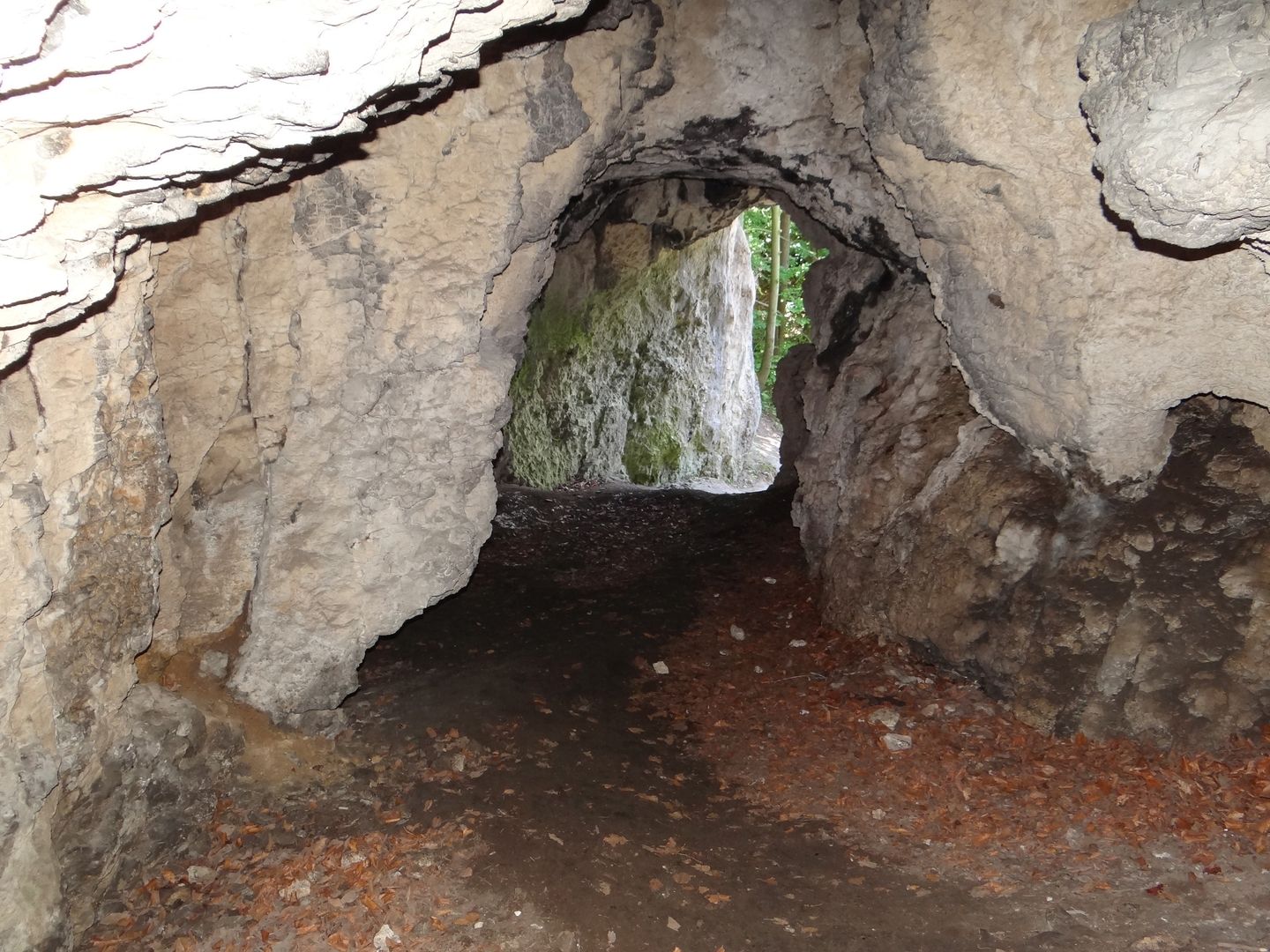The Cave in the Frightening Mountain
6.75

Overview
The cave in Straszykowa Góra, located in the Częstochowa Upland in the Silesian Voivodeship, is a remarkable site with a diverse geological structure. It consists of two main parts: an older section formed in hard limestones, and a newer one discovered in soft clayey limestones. The old cave takes the form of a spacious tunnel with branches and a chimney, while the new section is a winding tunnel 64 meters long, ending with an 18-meter-high chimney. The interior of the cave is adorned with numerous speleothems, such as stalagmites, stalactites, and draperies, which are well-preserved due to the difficult access to the chimney. The cave has a rich history; it has been known for a long time and was allegedly a hiding place for Jews during World War II, which attracted treasure hunters. The first mentions of the cave were recorded by Kazimierz Kowalski in 1951, and its exploration continued over the following years, resulting in the discovery of an approximately 80-year-old pickaxe in 1987. Documentation, including descriptions and plans, was prepared for the Management of the Jura Landscape Parks Complex and the Ministry of the Environment. The cave in Straszykowa Góra is a valuable natural and historical site, attracting tourists and researchers interested in the geology and history of the region.
Location
2025 Wizytor | All Rights Reserved